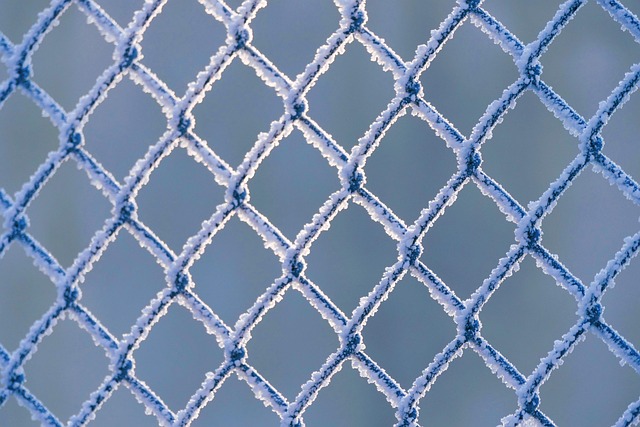In New Bedford, MA, the push for sustainable living has extended beyond traditional eco-initiatives, embracing even landscaping and fencing. This article explores the growing trend of eco-friendly fencing materials and their benefits to residents and the environment alike. From organic wood sources to recycled plastics, we delve into the diverse options available, highlighting how these choices contribute to a greener New Bedford while enhancing property aesthetics and values.
- Exploring Eco-Friendly Fencing Options in New Bedford
- Benefits of Sustainable Fencing for Your Property
- Materials: From Wood to Recycled Plastics
- Enhancing New Bedford's Green Space with Eco-Fencing
Exploring Eco-Friendly Fencing Options in New Bedford
In New Bedford, MA, exploring eco-friendly fencing options has become increasingly popular among residents and businesses alike, driven by a growing awareness of environmental sustainability and the benefits it offers. The city’s commitment to green initiatives provides a fertile ground for innovative and environmentally conscious solutions. Among the diverse range of materials available, natural options like bamboo, recycled plastic, and treated wood stand out due to their durability and minimal environmental impact.
These eco-friendly alternatives not only contribute to a cleaner, greener landscape but also provide aesthetic appeal with their unique textures and colors. Furthermore, they are designed to withstand local climate conditions, ensuring long-term performance without sacrificing environmental friendliness. By choosing these materials, New Bedford residents can enjoy the security and privacy of fencing while actively participating in the city’s push for a more sustainable future.
Benefits of Sustainable Fencing for Your Property
Sustainable fencing materials offer numerous benefits for your New Bedford, MA property. One of the most significant advantages is their environmental impact. Traditional fencing often relies on non-biodegradable plastics or treated wood, contributing to pollution and deforestation. In contrast, eco-friendly options like recycled plastic, bamboo, or vegetable-tanned leather are durable, sustainable, and reduce your carbon footprint.
Additionally, these materials can enhance the aesthetic appeal of your property while promoting a connection with nature. Natural, organic textures and colors add visual interest without compromising on functionality. Many sustainable fencing solutions also come with longer lifespans compared to conventional options, reducing the need for frequent replacements. This longevity translates into cost savings for homeowners over time.
Materials: From Wood to Recycled Plastics
In New Bedford, MA, the shift towards eco-friendly fencing materials is gaining momentum, driven by both aesthetic considerations and environmental awareness. Traditional wood fencing remains popular for its natural appeal and ability to blend seamlessly with landscapes. However, concerns over sustainability, as well as the potential for rot, pests, and frequent replacement, have prompted homeowners and contractors alike to explore alternative options.
Among these alternatives are recycled plastics, which offer a durable and low-maintenance solution. Plastic fencing is made from post-consumer waste, such as plastic bottles, reducing the demand for new resources and cutting down on landfill waste. These materials are highly resistant to rot, pests, and UV damage, eliminating the need for frequent repairs or replacements. Moreover, plastic fences often come with a long-term warranty, making them a cost-effective choice in the long run.
Enhancing New Bedford's Green Space with Eco-Fencing
New Bedford, MA, is embracing a greener future with the adoption of eco-friendly fencing materials. This shift not only aligns with global sustainability efforts but also enhances the city’s vibrant landscape. Traditional fencing, often made from non-renewable resources, contributes to environmental degradation. Eco-fencing alternatives, however, offer a more sustainable solution. These materials are typically manufactured from recycled or biodegradable sources, reducing the carbon footprint associated with their production and installation.
By incorporating eco-fencing in New Bedford’s green spaces, the city can foster a healthier environment while maintaining aesthetic appeal. This approach allows for natural habitats to flourish, supporting local biodiversity. Moreover, eco-friendly fencing requires less maintenance over time, saving communities both time and money. It’s a step towards a more sustainable future, where urban areas coexist harmoniously with nature.
